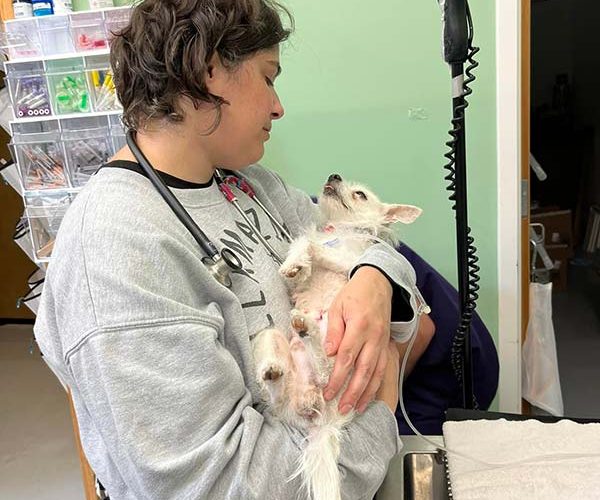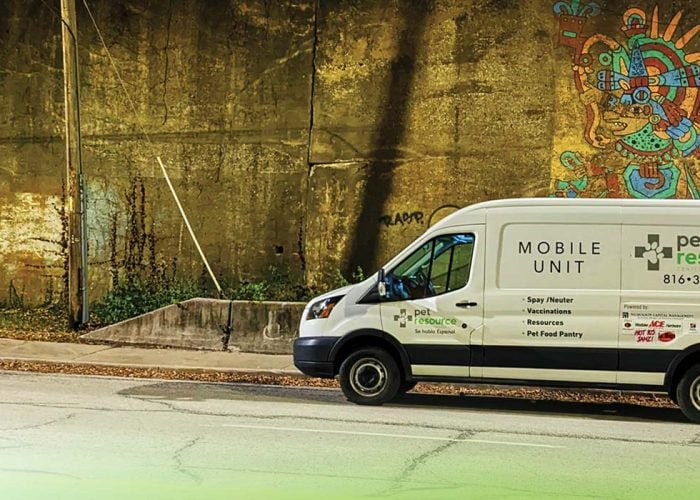Declawing is far more than a routine nail trim. It involves the surgical removal of a cat’s claws by amputating the last bone of each toe. To put it into perspective, it is the equivalent of removing the tips of a human’s fingers at the first knuckle.
While declawing may seem like a quick fix to prevent scratching, it comes at a significant cost to a cat’s health, happiness, and quality of life.
The Physical Consequences of Declawing
Declawing is a major surgical procedure that can lead to severe and lasting physical issues for cats:
- Post-Surgery Pain: The procedure causes intense pain that can linger long after surgery. Even with pain management, many cats endure prolonged discomfort.
- Infections and Complications: There is a risk of infection and complications, including improperly healed wounds or regrowth of claws within the paw, which can be excruciating.
- Altered Movement and Arthritis: Cats rely on their claws for balance, traction, and mobility. Without them, their gait is altered, increasing the risk of arthritis and chronic joint pain.
- Loss of Defense: Without claws, cats cannot defend themselves against other animals, climb to safety, or engage in natural survival behaviors.


Psychological Harm
The impacts of declawing extend beyond physical harm. Cats use scratching to stretch, mark territory, and maintain their claws. When declawed, they lose their ability to engage in these natural behaviors, which can lead to:
- Frustration and Stress: Cats often experience anxiety when they cannot scratch as they are instinctively driven to do.
- Behavioral Problems: Declawed cats may become aggressive, biting more frequently as a form of compensation. They may also develop inappropriate elimination habits, such as urinating outside the litter box, as a reaction to stress or discomfort.
- Depression or Withdrawal: Many declawed cats show signs of fearfulness, withdrawal, or depression, negatively affecting their overall quality of life.

Humane Alternatives to Declawing
Managing a cat’s scratching behavior doesn’t have to involve drastic measures. Humane alternatives are effective, affordable, and respect your cat’s natural instincts:
- Regular Nail Trims: Regularly trimming your cat’s nails minimizes the damage caused by scratching. It’s simple and can become part of your routine.
- Scratching Posts and Pads: Providing multiple scratching surfaces, such as posts, cardboard pads, or sisal mats, encourages your cat to scratch in designated areas. Place these near favorite scratching spots and reward your cat for using them.
- Nail Caps: Soft plastic caps that fit over your cat’s claws can prevent damage to furniture without causing harm. They are non-invasive and easy to apply.
- Training and Positive Reinforcement: Cats can be trained to use their scratching posts with patience and rewards. Redirecting their scratching to appropriate areas helps build healthy habits.
- Furniture Protection: Using furniture covers or deterrent sprays can protect your belongings while you train your cat to scratch in designated spots.
Why Advocating Against Declawing Matters
Declawing is illegal in many countries and regions, including parts of the United States, due to its inhumane nature. By educating yourself and others, you contribute to a cultural shift that values the well-being of cats.
As cat owners, it’s our responsibility to meet our pets’ needs while maintaining harmony in our homes. Choosing humane alternatives over declawing is a compassionate decision that benefits both you and your feline friend.
Conclusion
Declawing is not just unnecessary—it’s cruel and outdated. Cats deserve to live pain-free lives, engaging in the natural behaviors that make them who they are. With humane alternatives readily available, there’s no need to subject a cat to the pain and trauma of declawing.
Make the choice to protect your cat’s well-being—and advocate for a future where declawing is no longer a consideration.
by Dylan Kosinski


